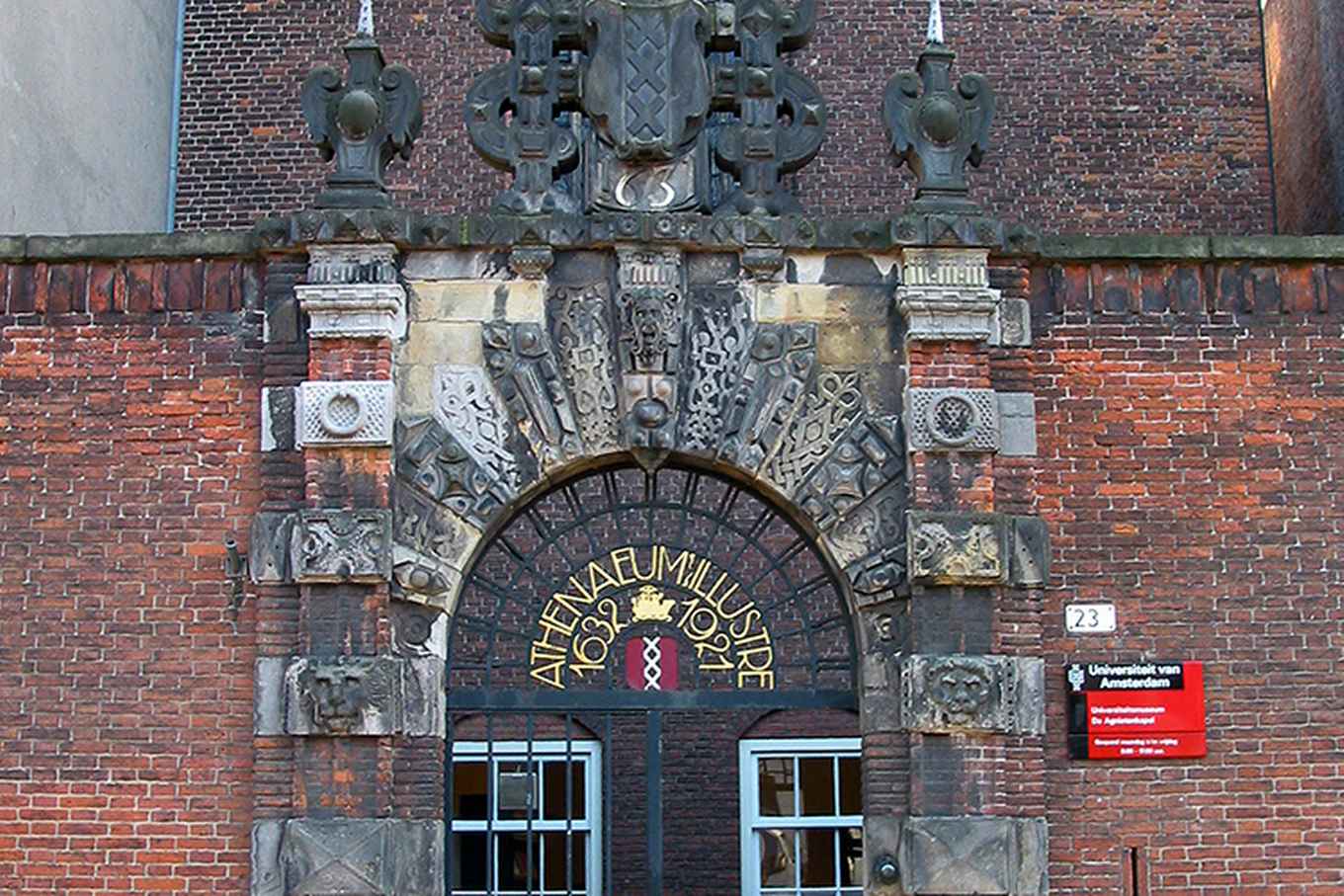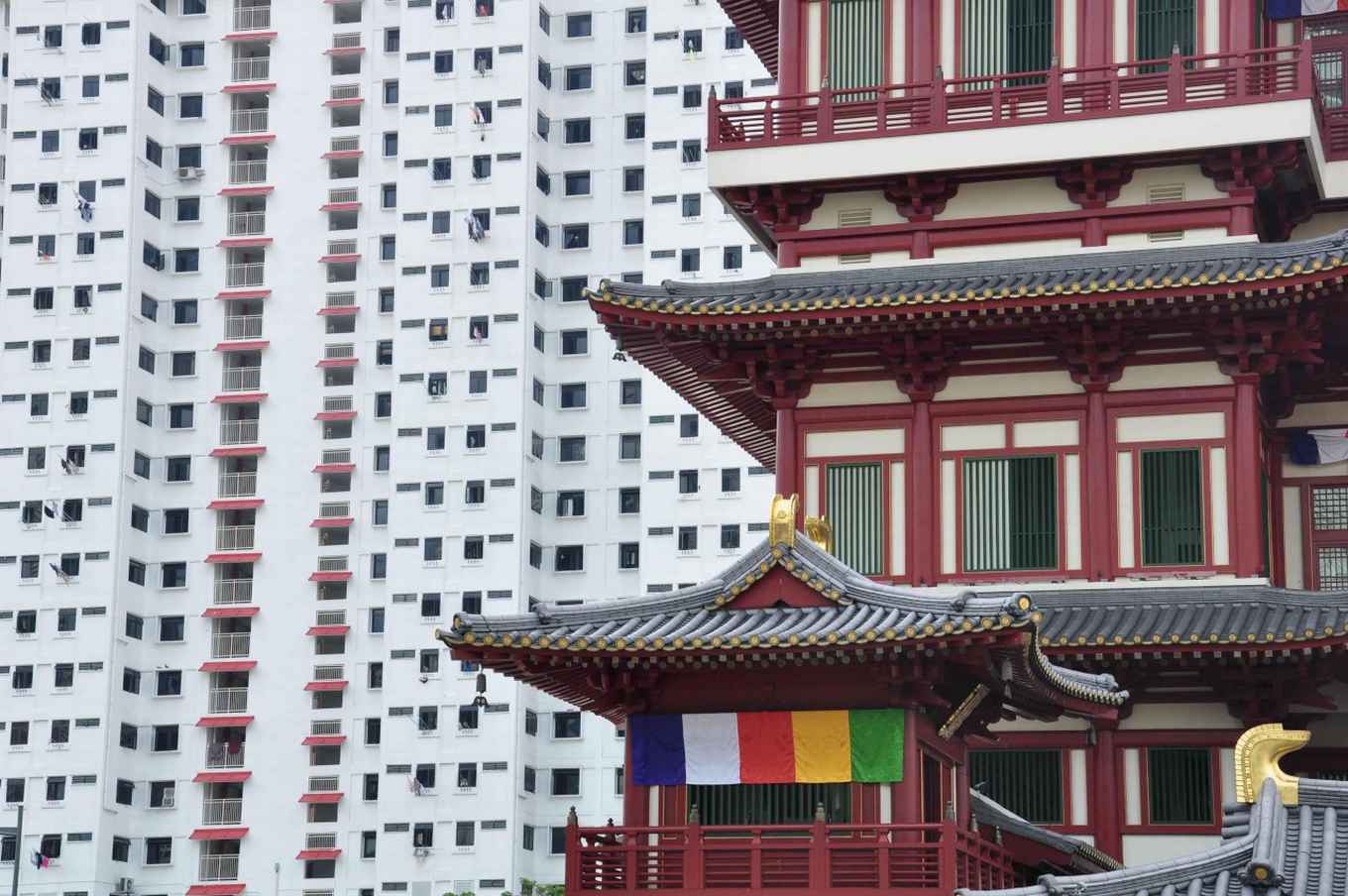The Urban Revolution - By visiting Prof. Robert Fishman
Publication date 28-04-2014

In my talk “Edge Urbanism: how the suburb transformed the city,” I tried to trace what I consider to be the fundamental transformation of modernity that, since the 17th century, arose from the movement of humanity from the countryside to the city; the emergence of growth as the key element defining modern urbanism; and the consequent “centrality of the edge,” i.e., the critical issue of who would occupy the ever-expanding edge that ultimately determines the character of the whole city. In the 19th century a characteristic contrast emerged between the Anglo-Saxon countries where the middle class seized the open space at the edge of London and other great cities for their suburban “bourgeois utopias” and confined the poor to the inner cities; and the Continental, largely French, pattern of the middle class allying with a strong state to dominate and re-design the urban core while pushing the poor to the edge.
Today the stark contrast is between those megacities of the developing world where the state has lost control of the urban periphery, resulting in sprawling informal settlements; and those (mostly East Asian) cities where a strong state plans massive high-rise New Town developments to accommodate growth.

I assert that this massive “urban revolution” began in our University lecture hall because, if I understood Professor Nijman correctly, the lecture hall had originally been a Catholic monastic chapel and was very intentionally re-purposed by the Calvinist authorities of Amsterdam. So a place of timeless prayer and ritual was transformed into setting for debate, discussion, and inquiry – the fundamental modernist intellectual transformation. And when the results of those inquiries were taken up by the restless and overpowering spirit of commerce and global trade – Professor Nijman and I also visited the Director’s Room of the Dutch East Indies Company just steps away from the lecture hall – then the conditions for rapid economic modernization were at hand.
From the 17th century to the present the basic mechanism for the “urban revolution” has been surprisingly constant, and well-analyzed by the economist W. Arthur Lewis and the urbanist Jane Jacobs. As Lewis shows, when agricultural productivity increases (as it did starting in the Netherlands and England in the 17th century), then the marginal productivity of peasant labor falls rapidly, approaching zero. So labor can leave the land for the cities without decreasing the overall supply of food. Then, as Jacobs emphasized in The Economy of Cities, a true urban economy is always creating new work; the complex urban division of labor constantly opens up opportunities for even more complex systems of production, exchange and services. So, however slow and painful the process, labor that is virtually worthless in the village becomes productive in the cities.
One deep irony of the process is that this urban revolution, which generated a better way of life for literally billions of people, was deeply feared and resented by almost all who took part in it. The uprooted peasantry mostly initially resented their new environment, whereas the urban elites deeply feared the influx of an unskilled, uneducated population. As a contemporary Turkish sociologist put it, the megacities of today are caught between the “urbanization of the peasantry” and the “ruralization of the cities.”
We are now in the climactic phase of this 300-year-long urban revolution as the countryside in Asia, Africa, and Latin America empties out; perhaps 3 billion people will be moving to megacities of the developing world over the next fifty years. It’s certainly possible that the positive processes of economic growth analyzed by Lewis and Jacobs will fail under the weight of massive numbers, combined with global climate change and resource exhaustion, and the result will be urban chaos and social and political upheaval on a truly destructive scale.
If that happens, then the pessimists will be shown to be right, not only about the urban revolution but about modernity itself. Perhaps we should have stuck to prayer and ritual. Alternatively, we can hope that mankind will successfully weather the extreme stress of this last phase of the urban revolution, and wind up with well-planned urban regions that are stable and environmentally sustainable over the long term. This to me is the urban question, and it will be resolved (or not) over the next half-century at the edge of the megacities of the developing world.
Robert Fishman
Robert Fishman is professor of architecture and urban planning at Taubman College of Architecture and Urban Planning at the University of Michigan. He is an internationally recognized expert in the areas of urban history and urban policy and planning, he has authored several books regarded as seminal texts on the history of cities and urbanism including Bourgeois Utopias: The Rise and Fall of Suburbia (1987) and Urban Utopias in the Twentieth Century: Ebenezer Howard, Frank Lloyd Wright, and Le Corbusier (1977). Robert Fishman visited the Centre for Urban Studies in March 2014 and gave a lecture on 'Edge Urbanism. How the suburb transformed the city, 1750 to the present'.